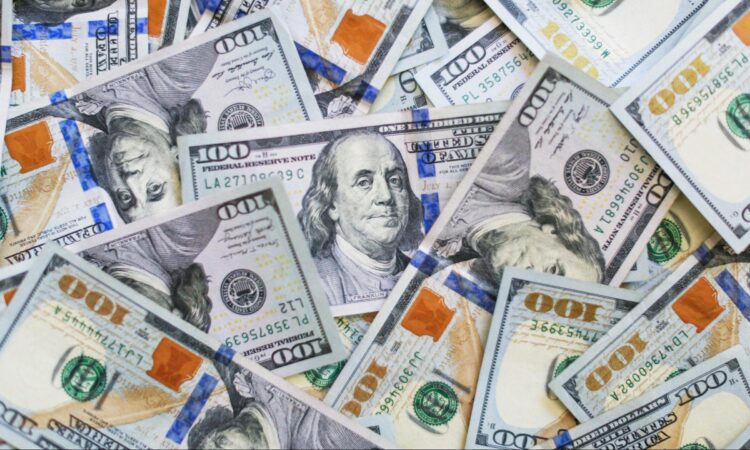
Against many economies, the US dollar remains the strongest it has been in years–in March 2020, at the start of the pandemic, the USD/AUD exchange rate hit a high of 1.72. As of July 2023, one US dollar is worth 1.49 Australian dollars.
This strength continues post-pandemic because as economies battle inflationary pressures, there has been growing fears of a global recession—fears that have continued into 2023. As ANZ’s head of FX research Mahjabeen Zaman explains, those ongoing fears have actually strengthened the US dollar against other currencies, such as the Australian dollar.
That’s because of relatively stronger economic fundamentals in the US compared to the rest of the world, which provide USD with the view of being a “safe haven”, Zaman explains.
Comparatively, the Australian dollar is a pro-cyclical currency, Zaman says. This simply means it appreciates in good times, and depreciates in bad times. So with the Covid-19 pandemic, the cost-of-living crisis and ongoing recession fears, AUD has been depreciating in value.
Related: AUD to USD Forecast
The US Dollar’s Performance in 2022
The US dollar had a strong year in 2022, largely due to the Covid-19 pandemic easing, leading to nation-wide economic recovery. The US Federal Reserve started raising interest rates in May 2022, to help the economy with its high inflation figures (sitting at 6.5% at the year’s end, compared to Australia’s 7.8%). By mid year, the US has lowered inflation to 4%, while Australia’s headline inflation figure is higher at 5.6%.
Speaking to Forbes Advisor in the US in September of 2022, Matt Forester, chief investment officer of Lockwood Advisors at BNY Mellon Pershing said last year the dollar experienced a tremendous rise, compared to nearly every other asset class.
That’s because “it’s a juggernaut in the middle of every securities transaction and payment around the globe,” Forester explained.
AU Dollar Performance and Drivers in 2022
Along with its pro-cyclical nature, the Australian dollar also tends to depreciate when there is a risk aversion in the market—a high occurrence during times of global economic uncertainty.
“Other factors that drive the AUD are commodity prices, interest rate differentials, and external trade balance,” Zaman says–but in 2022, the dominant driver of the downwards move was the strong US dollar.
While there was a slight increase in the Australian dollar in August 2022 to 0.71—which foreign exchange analysts at JP Morgan backed as a sign that the AUD/USD exchange rate could remain steady at 0.70 by the end of the year—the US dollar actually rose back to an average 1.49 compared to the Australian dollar throughout September.
By the end of 2022, the one US dollar dipped only slightly to 1.47 Australian dollars—with another downward trend bringing it to 1.44 in February 2023. However, by mid-year it had recovered to 1.49 Australian dollars.
USD to AUD Forecast
Much like Australia’s Reserve Bank rate rises, the US has also been on an interest rake hiking spree–with an unclear end. According to a Reuters survey, which polled US economists on whether the Fed Reserve should slow down, most were in agreement that the central bank should not pause until inflation fell to around 4%, where it currently sits (headline inflation, that is, as opposed to core).
Australian economists are taking such statements from overseas as a sign of good news to come, with ANZ’s chief economist Richard Yetsenga telling the AFR it’s believed the “US dollar dominance” will tail off in 2023 as global currencies become more influenced by domestic drivers, rather than those of a global scale.
In its currency forecast paper, Westpac predicted that the Australian dollar will strengthen against the greenback gradually over the course of this year, reaching 0.71 in March 2024 and 0.74 by the end of next year.



